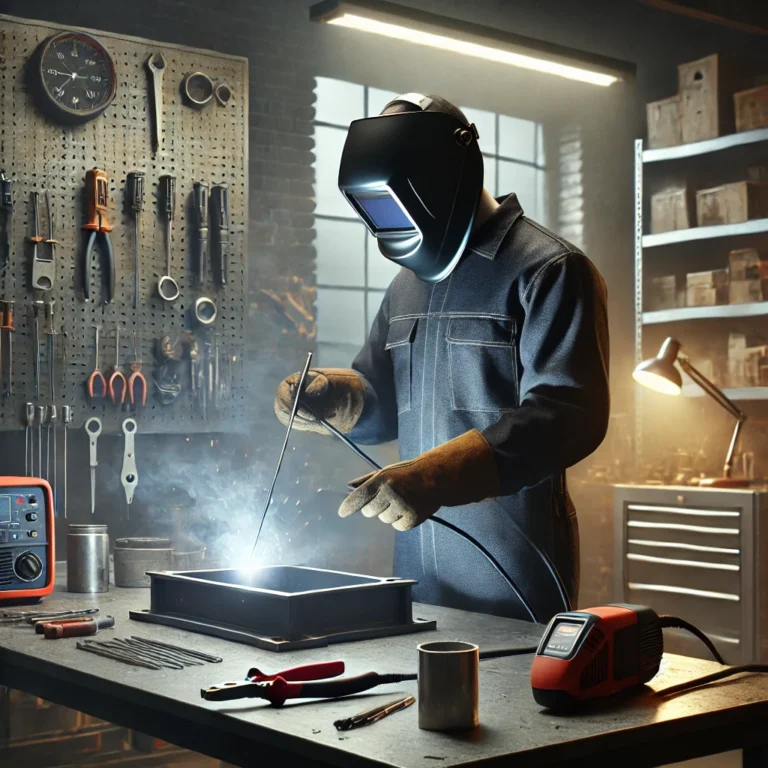Best MIG Welder for 1/2 Steel: Top Picks You Can Trust

Disclosure: This post contains affiliate links. As an Amazon Associate, I earn from qualifying purchases—at no extra cost to you.
Welding 1/2-inch steel is no easy task—it demands a powerful, reliable MIG welder that can deliver consistent penetration, high amperage, and excellent arc control. If you’re tackling heavy-duty fabrication, structural work, or farm repairs, having the right welder ensures safety and quality results. In this guide, we’ll cover the best MIG welders capable of handling thick steel, highlighting key features, pros, and real-world performance from some of the most trusted brands on the market.
What to Look for in a MIG Welder for 1/2-Inch Steel
Not every MIG welder is built for heavy-gauge steel. To handle 1/2-inch material, your machine should ideally support at least 250 amps and dual-voltage input. A strong wire feed mechanism, thermal overload protection, and compatibility with spool guns or other processes like stick and TIG can significantly boost versatility. Additionally, synergic controls and large displays make operation easier, especially when dialing in the right settings for thick metal.
FEMEROL 250A MIG Welder Review
The FEMEROL 250A MIG welder is a feature-packed machine designed for both professionals and advanced hobbyists. With a max output of 250 amps, it’s more than capable of welding 1/2-inch steel. The 6-in-1 functionality allows you to switch between MIG, stick, TIG, and flux core with ease. A standout feature is the intuitive LED interface that simplifies setup and provides real-time feedback. Its compatibility with a spool gun also makes it ideal for aluminum projects, giving you serious flexibility in a single machine.
FEIFANKE 250A MIG Welder Review
FEIFANKE’s 250A MIG welder is built to handle demanding tasks, and its multi-process capability ensures it’s not just limited to MIG. With advanced features like 2T/4T mode, single pulse MIG, and synergic control, this welder stands out for precision and control. Its dual-voltage input is perfect for workshops operating on different power sources. Whether you’re welding thick mild steel or switching over to aluminum with a spool gun, this unit performs reliably while keeping controls user-friendly.
Hobart Ironman 240 Review
For those who want premium quality and unmatched performance, the Hobart Ironman 240 is a powerhouse built for professionals. With up to 280 amps of output, this welder easily penetrates 1/2-inch steel in a single pass. It boasts infinite voltage control and smooth arc performance, making it ideal for long welding sessions without fatigue. While it lacks the multiprocess options of other machines, what it does, it does exceptionally well—MIG welding at its finest, with long-term durability and consistency.
Conclusion
If you regularly weld 1/2-inch steel, investing in a high-performance MIG welder is essential. The FEMEROL and FEIFANKE models offer impressive flexibility and value with their all-in-one designs, while the Hobart Ironman 240 delivers industry-grade results for dedicated MIG welding. Each machine offers something unique, so your choice should align with your workload, workspace, and future needs.






